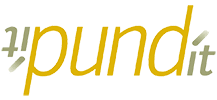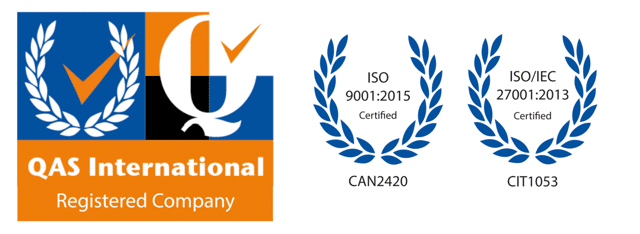Using Information Technology as an implementation tool is a fine way to keep your business running. IT can reduce costs, improve communication, and enhance productivity.
Unfortunately, many businesses are unable to fully realize the benefits of IT. If your business is serious about its long-term growth, IT must be more than just a tool. By synchronizing IT and business strategy, forward-thinking companies are developing new business opportunities, and becoming industry leaders in the process.
Aligning IT with Business Strategy is a multi-stage process, resulting in a robust and agile business, with the ability to withstand threats and pursue opportunities.
- Understand Your Business – clarify and document your organizational design, the roles of your employees, and your target market. Understand where you are today so you can plan for tomorrow.
- Acknowledge Your Culture – the way you do business determines the flow of information and organizational procedures. Acknowledge your way of doing things to ensure that IT systems suit your business.
- Comprehend Your IT – account for your hardware and software systems as you would any other asset. Comprehend the costs, benefits, and lifecycle of your IT assets to assess your capabilities and deficiencies.
- Discover Your Value Chains – IT permeates every activity along your business’ value chain. Discover which processes along the chain can be optimized through the application of your existing IT assets or investment in more efficient assets.
- Interpret the Context – anticipate the internal and external factors that could affect your business. Interpret the prevailing industry and economic trends to ensure your business can successfully manage change.
- Create Your Change Agenda – analyze the trends as they relate to your organization and IT assets. Create an organization-wide agenda which outlines your synchronization plan for business strategy and IT. The Change Agenda should serve as a laboratory in which the impact of every decision is modeled to determine the best path forward.
- Chart Your IT Roadmap – provide all of your employees with a detailed description of how the relevant IT changes will be implemented. Chart your IT Roadmap to align change with available human resources and IT assets. The use of a clear, well-communicated roadmap can encourage employee participation in the change process.
- Plan The Program – use your IT roadmap to develop an implementation program for each unit within your organization. Plan the program to ensure each department understands the connection between its business activities and IT.
- Develop Your Delivery Framework – the final stage in the alignment process. Develop a framework for scheduling work based on the capacity of each department.



